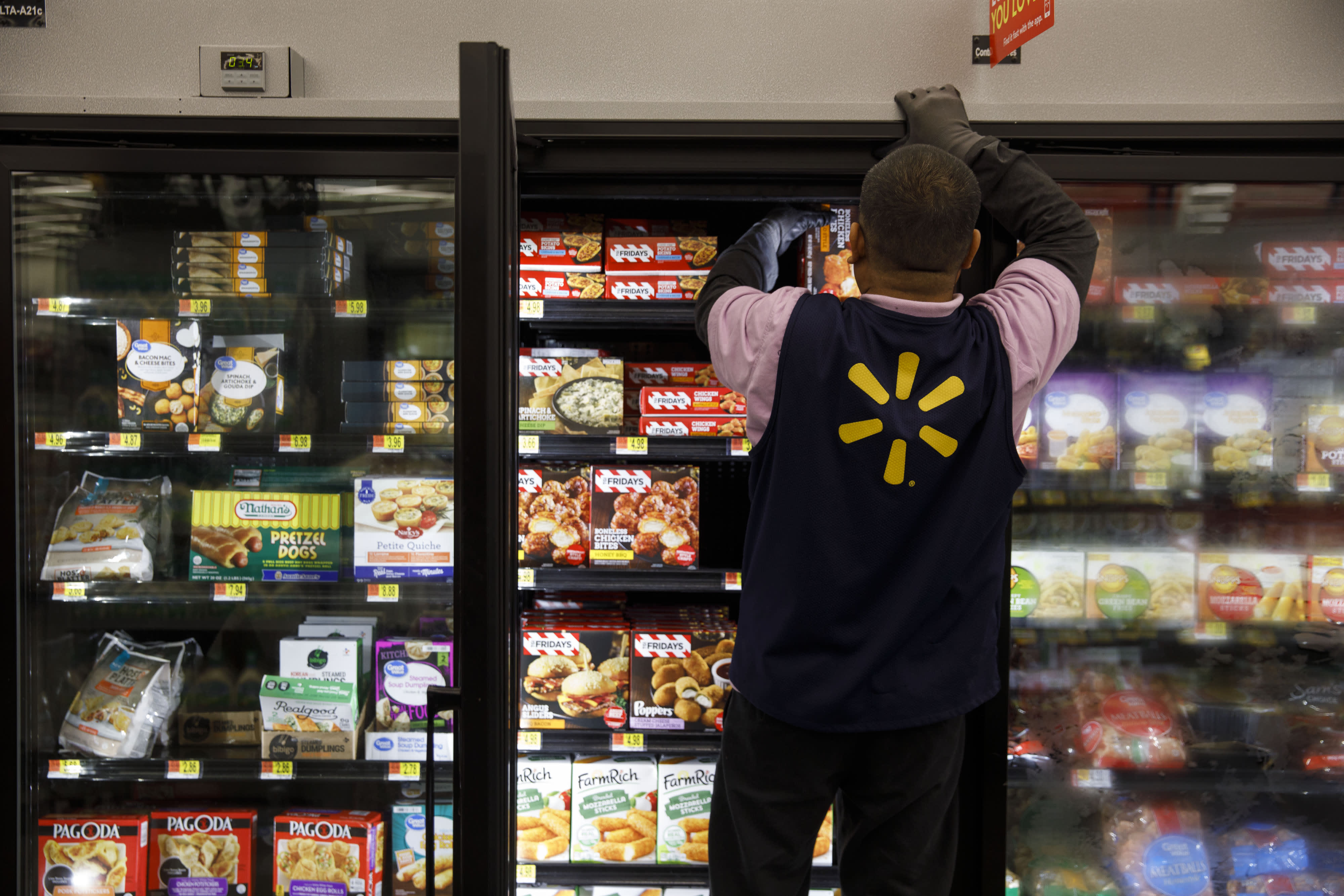Products You May Like
Walmart said Wednesday that it wants to hire more than 50,000 employees by the end of April, as it chases growth in newer businesses from online grocery to advertising.
To keep up, the retailer said it needs personal shoppers, delivery drivers and data scientists, among others.
Walmart is already the nation’s largest private employer with about 1.6 million employees. The company is looking beyond its big-box stores, as it ratchets up its advertising business, expands its third-party marketplace and launches its direct-to-fridge grocery delivery service in more markets.
As the company looks for candidates, it must compete with restaurants, retailers and other companies that are raising pay and sweetening perks. Walmart’s starting pay is $12, lower than the $15-per-hour minimum rate at rivals Target and Amazon.
Company spokeswoman Anne Hatfield said the size of the company gives employees an opportunity to move into higher paying roles. At stores, hourly pay is as much as $26 for team leads, a supervisor role that oversee departments like bakery. At distribution and fulfillment centers, supply chain workers’ hourly pay starts at $16 and goes up to $30, she said.
Walmart has tried to stand out with other features, including its Live Better U program, which covers the cost of college tuition and textbooks for employees.
Walmart is pushing into other revenue streams and needs its workforce to keep up. On Tuesday, it said it would hire more than 5,000 engineers, data scientists and tech experts and turn Toronto and Atlanta into two more office locations for that global tech team.
The company said it needs to hire more than 3,000 delivery drivers to scale InHome, its direct-to-fridge grocery delivery service. Walmart will expand the offering’s availability from 6 million to 30 million households by the end of the year.
Retail sales are expected to keep chugging along, too, even as consumers cope with inflation. The National Retail Federation said Tuesday that it expects retail sales to grow between 6% and 8% this year, including the effects from inflation-fueled prices.
